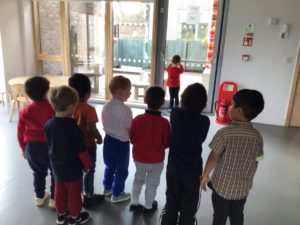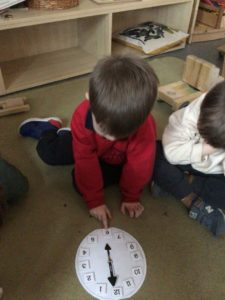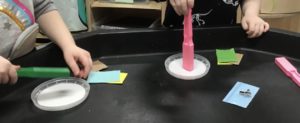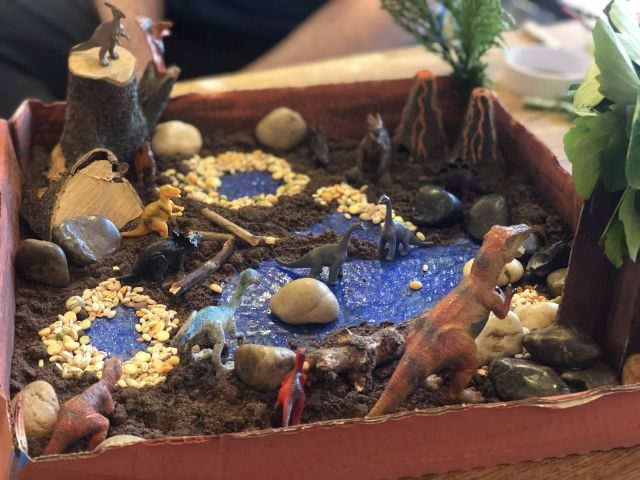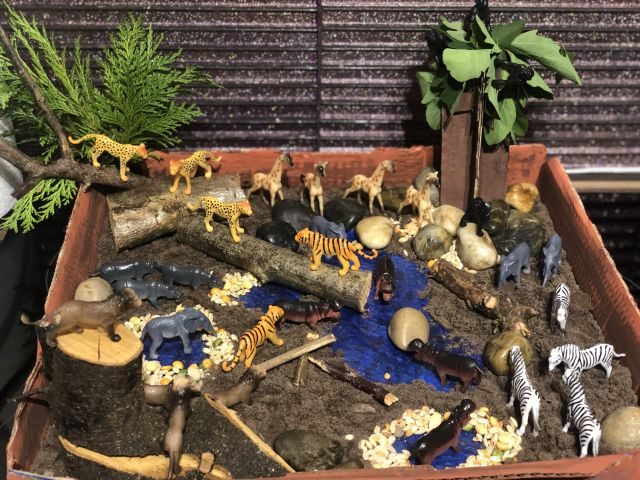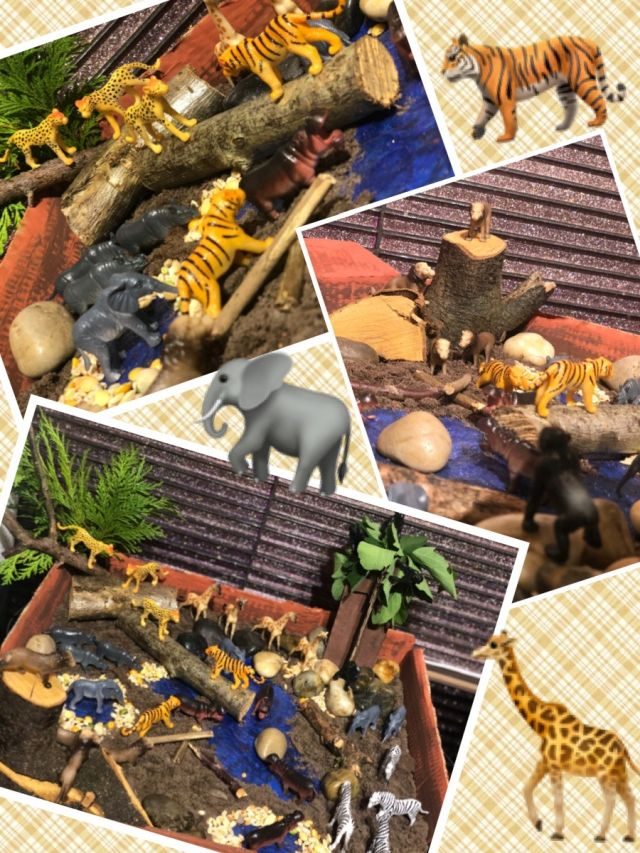Children enjoy using chalk outside and can use it in a variety of different activities, developing many different skills.
 For many children it may be one of their first experiences of mark making, allowing them to freely explore and encouraging their wonderful imagination. This will help to develop their fine motor skills which will strengthen their pincer grip essential movements for controlling and holding any writing implement.
For many children it may be one of their first experiences of mark making, allowing them to freely explore and encouraging their wonderful imagination. This will help to develop their fine motor skills which will strengthen their pincer grip essential movements for controlling and holding any writing implement.

Games such as hopscotch can help our physical well being, encouraging the development of our large motor skills, through hopping, jumping and balancing. Using numbers or letters can also help with numeracy & literacy skills.


Number Circles
Other great chalk ideas that would help to further develop numeracy skills could be, number circles having to count and place the correct amount of marbles or counters into the correct numbered circle.
Sequencing
Developing the ability to recognise the pattern and follow it on by drawing the correct missing shape or saying the shapes name. Encourages shape recognition and problem solving.
More games
To develop colour, shape and number recognition, could be drawing the different shapes with different coloured chalks, writing a number in the middle then asking for the correct number and colour of marbles or counters to be placed in the named shape.
 The freedom to explore different activities when using chalk will encourage more creativity, confidence and curiosity. You can help develop this by offering different learning experiences and ways to use chalk. Writing up picture idea cards might help encourage someone who is struggling to think of just what to draw.
The freedom to explore different activities when using chalk will encourage more creativity, confidence and curiosity. You can help develop this by offering different learning experiences and ways to use chalk. Writing up picture idea cards might help encourage someone who is struggling to think of just what to draw.
Also by grating chalk into a fine powder and mixing it with water turning it into a paint, using a paint brush to paint with or adding it into a spray bottle will allow for different effects. Also mixing the chalk dust with shaving foam and placing into a squeeze bottle will create different textures foam paints which children love!
Don’t worry if you don’t have any chalk – you can make your own paint using cornflour, water and food colouring. Watch this video to find out how… Make your own chalk paint
Remember to Tweet @GlenwoodFC #Glenwoodlearningathome




